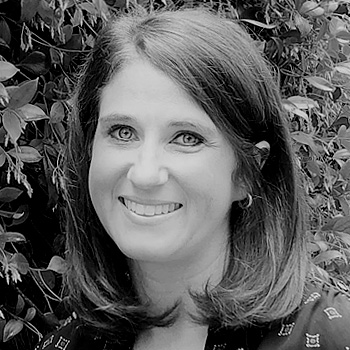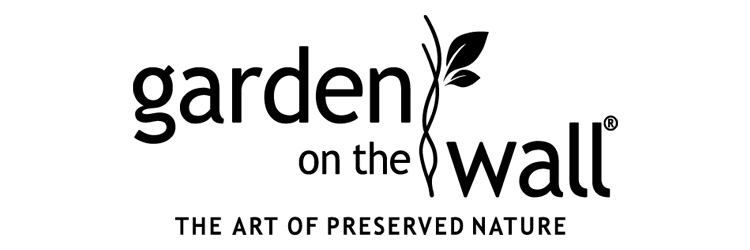Interiors
EVENT THEME
Detailing Interiors
In some ways, architectural projects succeed or fail based upon how well material and system junctions are negotiated. This is just as true for interior projects as it is for entire buildings. How does the wall meet the floor? How does one ceiling system transition to another? How are mechanical registers handled? When these small junctures are deftly detailed the effects ripple out across the entire project, so it pays to know how manufacturers’ systems work so you can successfully bring them together. In this accredited workshop, experts will lead tutorials on a variety of interior detailing conditions.
view_agenda Agenda
10AM - 11AM
Credit type: 1 IDCEC & 1 AIA LU/HSW
Provider: Garden on the Wall
Biophilic design is the latest frontier in creating indoor environments that help people feel, work, learn, and heal better. The design philosophy seeks to create indoors the patterns of nature that humans are naturally attuned to. This includes natural light and nature views, natural materials like wood and stone, and plants. While vertical walls of living plants seem to satisfy this human need for exposure to nature, the upkeep and maintenance of these assemblies has proven onerous.
That accounts for the growing interest in striking installations of all-natural, preserved plants that require virtually no maintenance but that deliver a power immersive experience of nature. And why not? The plants are all-natural, albeit with their sap replaced with a non-toxic solution, and without the pruning, watering, leaking of systems, and burden of care that their live counterparts require. This course introduces the learner to the biophilic benefits of preserved plant gardens for indoor use and provides high-profile examples where these installations are already benefiting building occupants, building managers, and building owners.
HSW Statement:
This course is about biophilia and the benefit it brings to the well-being of building occupants. Exposure to nature and natural patterns has been proven to reduce stress, improve cognition, and even to extend human life spans. The use of all-natural, preserved plants is discussed as a way to bring these benefits to building occupants. The use of these natural assemblies adds to achievement of LEED certification as well as toward other green building rating systems.
Learning Objectives
- Describe biophilic design and its effect on occupants of workspaces, healthcare, and hospitality.
- Explain how plants are preserved and used in indoor gardens.
- Define the design, fabrication, installation and maintenance of indoor gardens and planters created with all-natural, preserved plants.
- Discuss the importance of third-party testing and qualified installers for safety and sustainability.
11AM - 12PM
Credit type: 1 IDCEC & 1 AIA LU/HSW
Provider: Cascade Coil
Architecture is light.” As Le Corbusier stated, indeed architects spend a lot of design time working with the dynamic interplay of natural and artificial lighting on to, and in to, their building’s surfaces, materials, and three-dimensional spaces to create a complete experience for building occupants. With variable light transmission and reflection qualities, coiled wire fabric has quickly become one of the most popular materials for incorporating light into buildings by offering unparalleled design flexibility and customization through an incredibly cost-effective and durable material option suitable for a wide range of interior and exterior applications. This course delves into the specifics of this versatile architectural metal mesh material and looks at the variety of ways that it can be used to enhance architecture through the use of light. Starting with an overview of the material, we then look at the ways it can be a means of control and enhancement of both natural daylight and electrical lighting. Further, we explore its use as a surface where still or moving imagery can be projected. Ultimately, it is the combination of design prowess, materials, and lighting that create beautiful, functional architecture as seen in examples cited.
Learning Objectives
- Identify and recognize the specific nature of coiled wire fabric with its abilities to impact lighting, ventilation, and well-designed healthy spaces.
- Assess the use of coiled wire fabric to control or enhance the use of sunlight to create improved indoor environments for the welfare of their occupants.
- Explain the options available for using electrical lighting, including low voltage or energy efficient LED lighting, for interior and exterior installations.
- Determine ways to use coiled wire fabric to receive projected imagery, both fixed and moving, for artistic or performance purposes.
12PM - 1PM
Workshop, TBA
1PM - 2PM
Workshop, TBA
2PM - 3PM






